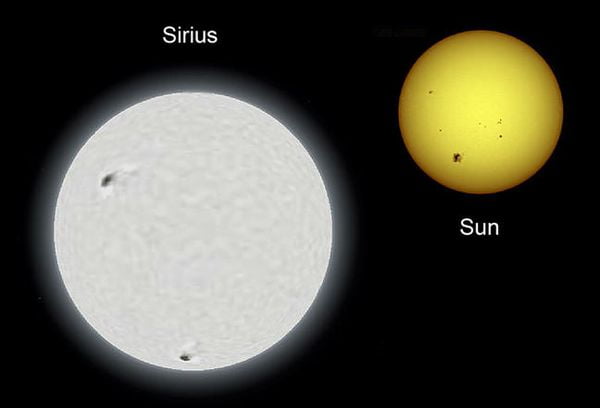It is estimated that the Universe has roughly 200 billion galaxies, and in this article, we will introduce you to the galaxy with the largest mass. Galaxies are stars, stellar remnants, interstellar gas and dust, and dark matter held together by gravitational forces. The term galaxy is derived from the Greek word Galaxia, which means “milky” and refers to the Milky Way galaxy. Many astronomers claim that the galaxies were formed 10 billion to 20 billion years ago after the “Big Bang.”
Types of galaxies
The galaxies are divided into elliptical, spiral, or irregular types.
Elliptical galaxies are types of galaxies with a roughly elliptical shape and a smooth surface. It is one of Edwin Hubble’s three major kinds of galaxies outlined in his Hubble sequence. Elliptical galaxies may have a population of stars ranging from tens of millions to more than a hundred trillion.

Spiral galaxies consist of a flat, spinning ring of stars, gas, dust, and a central bulge of stars. Most of these are surrounded by a fainter cloud of stars found in globular clusters.

In contrast to spiral or elliptical galaxies, an irregular galaxy lacks a definite regular form. Irregular galaxies do not fit within any of Hubble’s standard classifications.

The largest galaxy is IC 1101
Now, it is high time to focus on the largest galaxy in the Universe. The largest galaxy is IC 1101. It is a supergiant elliptical galaxy found inside the Abell 2029 cluster at a distance of around 320 megaparsecs (1.04 billion light-years) from Earth. The galaxy is the brightest in A2029. It is categorized as a supergiant elliptical (E) to lenticular (S0) galaxy. IC 1101, like other massive galaxies, is filled with numerous metal-rich stars that are seven billion years old, giving it a golden yellow hue. A British astronomer called Frederick William Herschel I found the galaxy on 19 June 1790. It has a massive black hole in the center.









